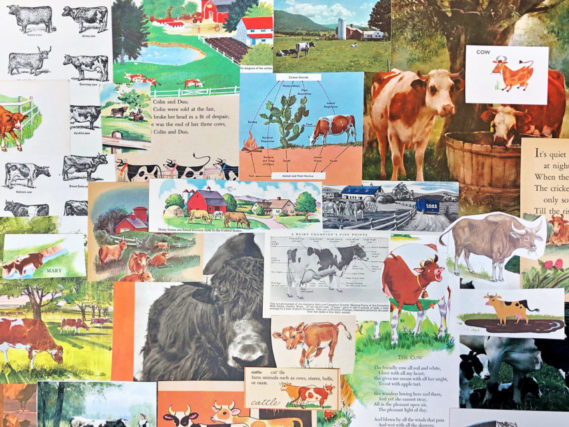
Animals and Humans
Animals and Humans
Human history and culture is interwoven with other animal species.
Learning Outcome: Describe and provide examples of various ways humans interact with other animal species.
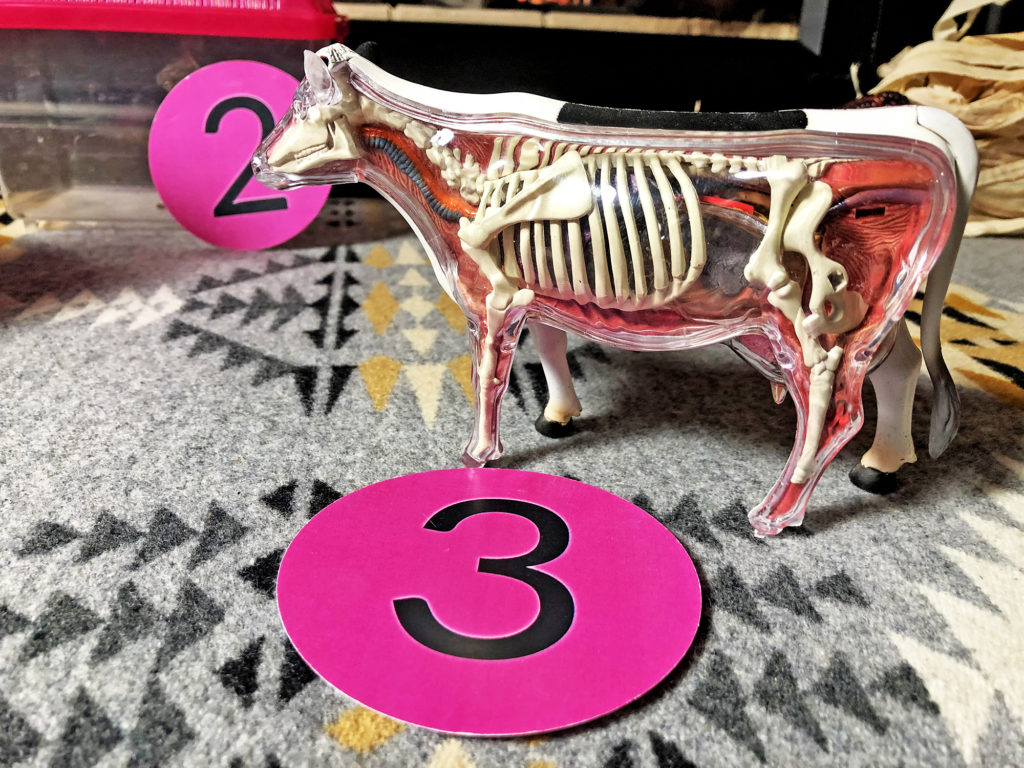
Take a moment and look around where you are.
How many examples of animal-related objects (other than human) do you observe? It can be food, clothing, advertisements, and more.
Over the course of a day, make note of every time you observe an animal-related object. It could be birds in the sky, musk scent in a perfume, a dog in a park, a tiger on a billboard advertisement. You may be astonished by the length of your list.
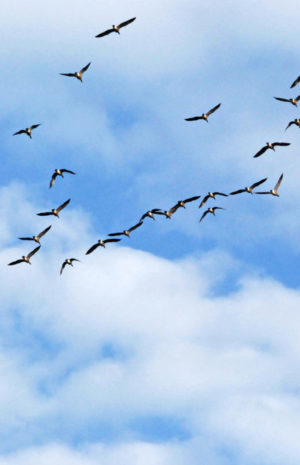
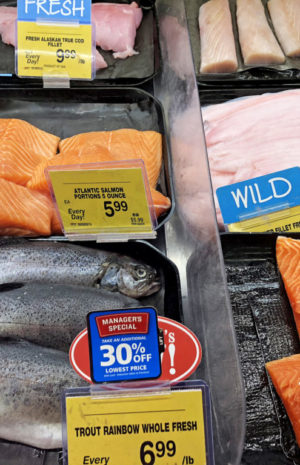
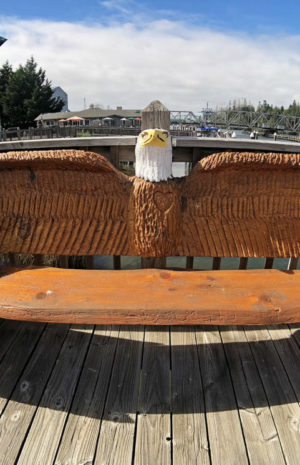

Humans have historically had many uses for animals, especially as a source of food, fiber, and labor.
Human Uses of Animals
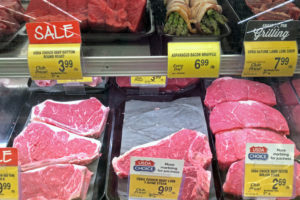
Food
Although humans have largely been herbivores (eating plants) outside of the coldest and hottest ecosystems, animal consumption has increased globally in the past century.
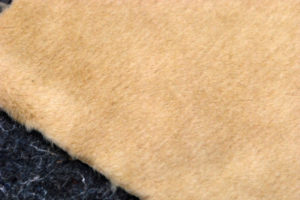
Fiber
Fibers, animal hairs, have been used extensively in human clothing and bedding. Sheep, llama, and alpaca have been bred for hairs with particular qualities.
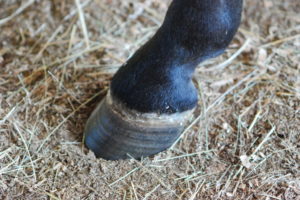
Labor
Horses, donkeys, and ox have played a key role in agriculture for over 1000 years. Although agriculture has become more mechanized in the past 150 years, animal labor is still significant globally.
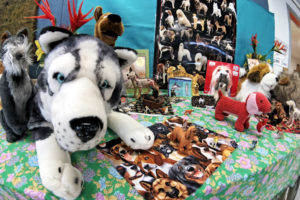
Entertainment
Humans have kept other animals as pets for centuries, but the practice has become more common in the past century. In some cases, people describe pets as family members.
There are a variety of other less common direct uses of animals including tissue used as fuels (whale blubber) and organs as sources of medicine or perfume ingredients.
But animals also play an important indirect role in human survival. This means we do not directly use or control the animals, but they are still important to use.
Try to come up with two examples of animals being indirectly important to humans.
How did you do? There are a wide variety of indirect uses, including pollination and parasite control.
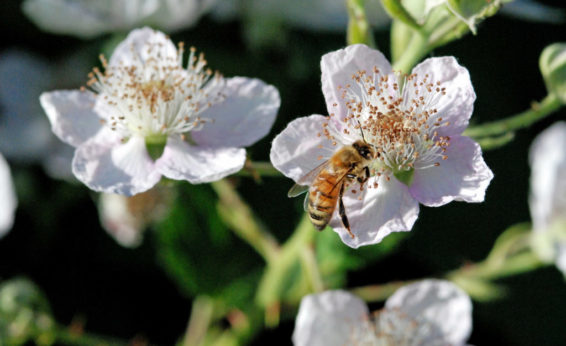
Pollination
Bee, butterflies, and some birds, flies, and moth are critical in pollinating many plants. Soybeans, a key human food, are dependent on bee pollinators.
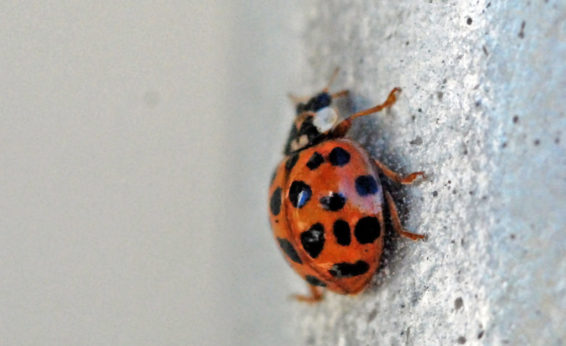
Parasite Control
Small lady beetle (ladybug) adults can eat dozens of aphid plant parasites a day. Birds and spiders can reduce disease-carrying mosquito populations.
We live across the road from these cows; it’s the same for many people in the world, there are now close to 1.5 billion cows on Earth.
Cows are bred for large muscles as a human food (meat), but almost every part of cows are used, including cow skin (cowhides) as clothing, and brain/spinal cord as a filler in pills.
Some cow breeds, bred for strength, have been used as a labor animal for centuries.
Cows (also called cattle) have the scientific name Bos taurus, and descended from large wild cattle of Europe, Asia, and North Africa.
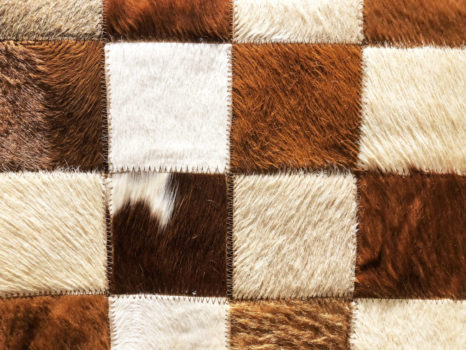
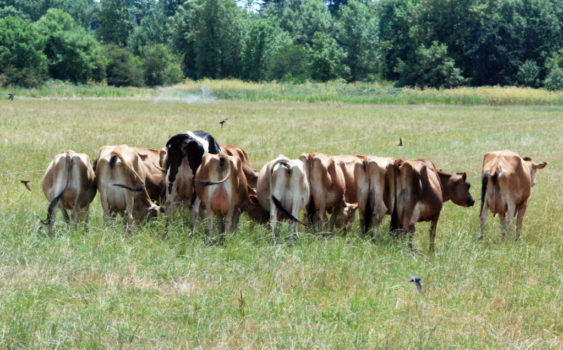
Cows ferment plant material in their stomachs. There are now so many cows on Earth, the methane they produce (through belching) is considered to be a significant greenhouse gas. These are the gases, including carbon dioxide, that impact climate.
In the next section we’ll examine the process of artificial selection and compare it to natural selection.

